Writing Tips from Real Life
Writing tips can help you transform ho-hum writing into a big Hallelujah! After I sent some feedback and writing tips to a client, I spent this morning editing her revised manuscript. I was thrilled to see the author’s writing improve so dramatically from one draft to the next.

Eureka! Whatever I told her, I realized I should share with you today. Every writer loves to know what she (or he) can do better to improve her writing and make it sing. These writing tips can make a world of difference in your own revisions.
Today’s writing tips all focus on making the words leap out from the page and form a picture for your readers. Whether you are writing a how-to book, memoir or even a novel, you will truly draw your readers in if you paint a scene and share stories.
Sure, your book may have its abstract moments, but here we will focus on 7 writing tips that make your stories come to life—whether you are writing brief anecdotes that support your self-help tools or part of a larger narrative, such as a memoir.
[bctt tweet=”7 Quick Writing Tips To Polish Your Work ” username=”LisaTener”]

- Paint the scene at the beginning. Have you ever had the experience of reading a story and imagining the character in one place, only to find three paragraphs later that the room was dark, not light; the character was surrounded by people, not alone as you had thought; and that it took place in the car, not the office? Not only does such construction confuse your readers, it frustrates them and takes them out of the magical world you are creating (yes, even in a brief self-help anecdote!). Instead, picture the scene in your mind and make the essential details clear up front.
Writing vs. Editing
In an initial writing phase, it’s fine to keep this information in mind, but you can also let it go and just focus on getting your words on the page. Once you have a draft, use these 7 tips to edit that draft and make the writing more powerful, specifically painting a picture your readers can see, hear, smell, taste, feel and sense!
Here is more advice on how to tighten your writing. You may also hit a point when you’ve done what self-editing you can and it’s time to find an editor to take you further along that path. This post will help you hire an editor, know what to look for and what to ask them.
Your Bonus Writing Tip
Enjoy yourself. When you have fun writing and editing, your readers get to share in that fun. Write or edit outside (if it’s warm enough). Or write and revise somewhere cozy and inspiring. All the things you do to bring yourself into a light and happy space will bring light into the writing and reading experience—without your having to try. Your writing just naturally picks up your state of being.
One thing I do to get myself into a state of flow before working on my blog posts, articles and books is to journal. The Joy of Writing Journal: Spark Your Creativity in 8 Minutes a Day can help you get into a state where writing flows with ease. Check it out!
Do you have any writing tips or anything you recently did that improved your writing? Please share. Feel free to ask your questions below as well.



 Blogging Tip #2. Start Small and Experiment: You may have a longer term goal of blogging for a national news site or network. Starting with a blog on your own website allows you to experiment to see what readers respond to, what questions they have and what types of posts do well in terms of sharing and engagement. Starting with your own blog will also:
Blogging Tip #2. Start Small and Experiment: You may have a longer term goal of blogging for a national news site or network. Starting with a blog on your own website allows you to experiment to see what readers respond to, what questions they have and what types of posts do well in terms of sharing and engagement. Starting with your own blog will also: Blogging Tip #3: Think Big. After experimenting with your own blog, set a goal for one or two larger forums to approach:
Blogging Tip #3: Think Big. After experimenting with your own blog, set a goal for one or two larger forums to approach: Blogging Tip #4. Connect with Other Bloggers and Pay it Forward. If you want to eventually write for the
Blogging Tip #4. Connect with Other Bloggers and Pay it Forward. If you want to eventually write for the 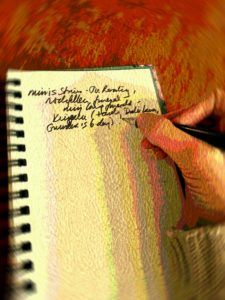 Invite your blog readers to share their experiences, posts their questions or offer their own opinions. In this way you develop a tribe
Invite your blog readers to share their experiences, posts their questions or offer their own opinions. In this way you develop a tribe You’re writing a self-help book. Is fiction relevant?
You’re writing a self-help book. Is fiction relevant?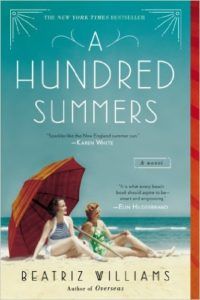 One reason Beatriz’ books are so compelling is her mastery of suspense. Both A Hundred Summers and the
One reason Beatriz’ books are so compelling is her mastery of suspense. Both A Hundred Summers and the 
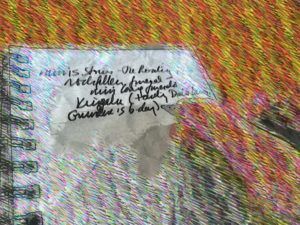 #2 The Fix: Think like your reader.
#2 The Fix: Think like your reader.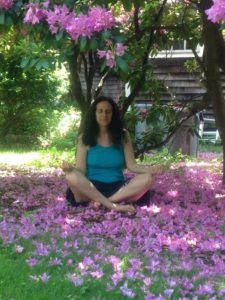
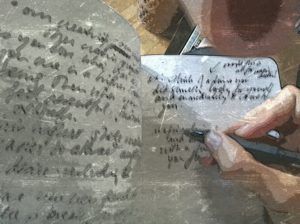
 Sure, good storytelling is a must-have for memoir, novels or narrative nonfiction.
Sure, good storytelling is a must-have for memoir, novels or narrative nonfiction.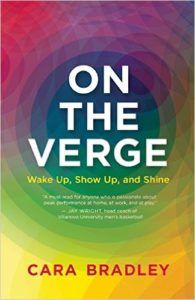
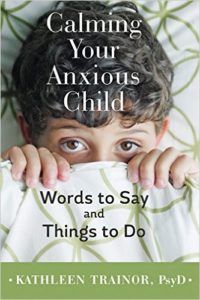 Use Examples: In
Use Examples: In  I was amazed when Chris shared that he owes his prolific blog and article writing (75 plus articles in a bit over a year) to a practice related to storytelling, called “conscious stream of thought.”
I was amazed when Chris shared that he owes his prolific blog and article writing (75 plus articles in a bit over a year) to a practice related to storytelling, called “conscious stream of thought.”